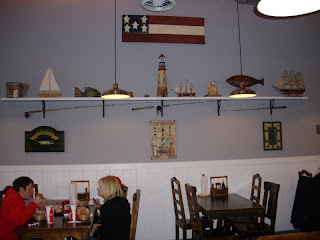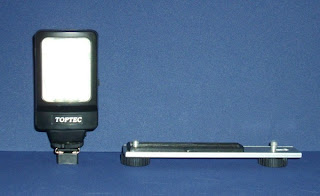This started off as a bit of a mini rant on twitter the other day, but I thought it deserved to be fleshed out a bit as well as updated since some other information came to my attention this afternoon.
I love my Nook and take it pretty much everywhere. I consider it a great way to carry not only a book or two to read for pleasure but also a way to carry and access my programming books when I’m not near my bookshelf.
My major complaint is how much the ebooks cost in comparison to their paper counterparts. Sure, they knock a couple of dollars off of the price, but for books that cost $20-40, that’s really not much of a savings.
This isn’t just a whine on my part. Logically, ebooks should be cheaper. Think about it – they require no paper, no shelf space, no transportation costs (other than an internet connection) and can be replicated essentially forever (or at least until a publisher’s claim to the book ends and it reverts to the author)
I’m not complaining that programming and technology books are expensive. Given the amount of work that has to go into them, the limited market, and limited shelf life of most technologies (unless we’re talking about something like the K&R C book), they have to be relatively pricy in order to make a profit. I understand and accept that. We all need to make a living.
What I’m complaining about is the price difference, or rather almost lack of one, between the traditional paper books and the matching ebook. In some cases, as @jbehren pointed out, sometimes the ebook can cost more than the paper one (which is ridiculous unless, perhaps, you are paying to get a copy before the paper book even hits shelves and you just can’t wait).
The question, then, is what is a reasonable price for an ebook as compared to the paper one? Of course, the publishers would claim that their current prices are reasonable, but I disagree. Taking into account the savings caused by the lack of materials and associated costs, I’d say probably about half the price of a paper book.
Books are fairly pricy to write, but most of the cost is in the actual manufacture, shipping and storage. At half the cost of the dead tree edition, there should be enough money to still make a decent profit on the endeavor.
The half price range was sort of my gut feeling for a while, but today it was more or less confirmed by O’Reilly. For people that have an account at oreilly.com, all of their ebooks are buy one, get one free with coupon code (just look in your account under the heading Membersip).
Additionally, they will sell you an electronic copy of most of their books (bundled in multiple formats, not just PDF) for $5 if you register the paper version with them. It only applies to O’Reilly and MS Press titles so I can’t get epub copies of my Pragmatic Programmers books, but it’s a great start. (For the record, I got the PDF version of the Programming Ruby book cheaply when I bought the paper version during the Pragmatic Programmers special a while back, but PDFs don’t always scale well on smaller e-readers so availability in a variety of formats is a great plus).
I cheered when I saw the $5 electronic copy “upgrade” option, because, to me, that’s sort of the sweet spot for that service. I would gladly pay an extra $5 to have lifetime access to an ebook version of programming books that I own. In fact, I spent some time today registering my O’Reilly books so I can buy the epub copies later.
I don’t know if this is a limited time offer or one which they always have, but it is sort of telling as far as book pricing goes. It’s also something well worth taking advantage of.
Current mood: tired
Current music: Smashing Pumpkins – Cherub Rock



















